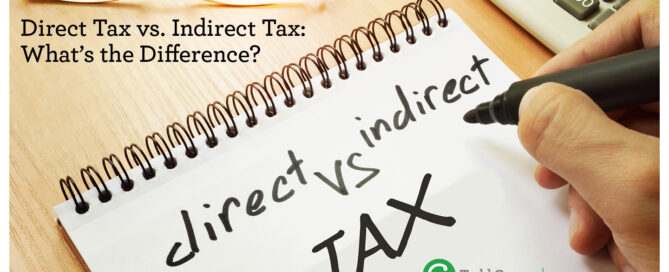Local Spotlight: The 10th Annual BMOF Golf Tournament
Swing into action for a good cause to benefit Charlotte families! The Rotary Club of Mecklenburg County-South is hosting the 10th Annual BMOF Golf Tournament in September, and you won’t want to miss your chance to participate in this exciting event.
About the 10th Annual BMOF Golf Tournament
We know. September is months away, but the time to secure your spot on the course on September 30 is now! Even though this is the 10th Annual BMOF Golf Tournament, you may not know that “the world’s most ridiculously awesome” has limited spots.
The lively charity golf tournament has 56 regular player spots and 88 sponsor player spots. This year, the 56 individual player spots were reserved before the official registration opened earlier this month!
The only way to get a tee time is to become a sponsor! With various sponsorship packages, sponsors can invite up to three foursomes to one group of four, plus additional marketing and promotional benefits for the sponsoring business or organization.
How to be a sponsor
Are you ready for a fun team-building experience? Do you have some VIP clients you’d like to invite to the course for a round of golf? Then becoming a sponsor for the BMOF—Bloody Mary’s on the Fifth—is for you!
While golf will be par for the course, event sponsors will also enjoy uninterrupted golf, players’ gifts, breakfast and drinks at the driving range, lunch on the course, drinks at each hole, three Bloody Mary bars along the course, a hole-in-one contest on every par 3, skills contest around the course, a Tito’s Bottle Treasure Hunt, more than $3,000 in raffle prizes, silent auction deals and a full buffet dinner!
Explore the sponsorship opportunities here.
Location
Save the date and make plans now to be a sponsor and enjoy fun, fellowship and giving back to a local nonprofit, Beds for Kids. Beds for Kids serves local families by providing children’s beds and other essential furniture for families to help them get established in their homes.
This year’s charity tournament will be at The Club at Longview at 8801 Longview Club Drive in Waxhaw.
Summary
Todd Greene has been a proud member of the Rotary Club for 10 years now, which is why this cause and event is near and dear to us. We are pleased to sponsor the 10th Annual BMOF Golf Tournament and are excited to share this opportunity. Get to know your neighbors, have fun and make a difference locally. Feel free to reach out to us if you have questions about the event—and go ahead and ask about our accounting and tax services as well! Continue reading our blogs for accounting tips, tax information and more.











